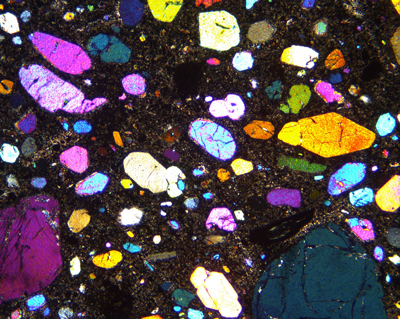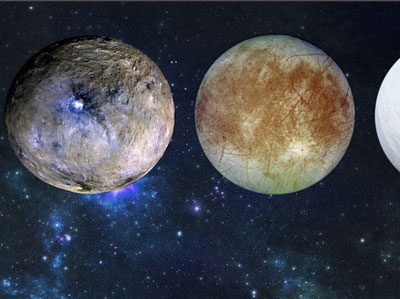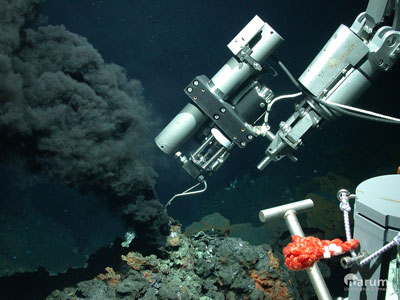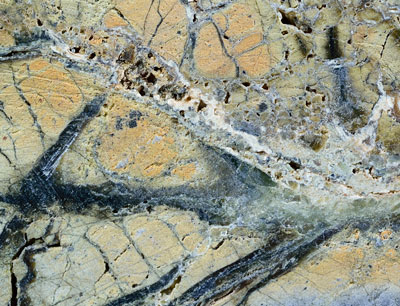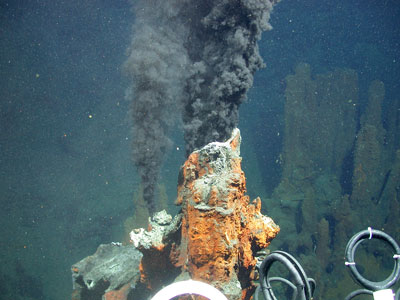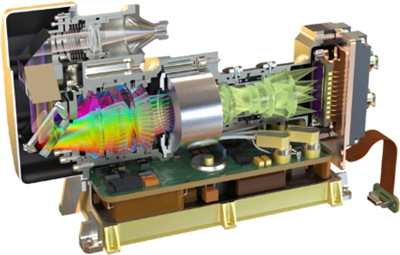What is a Kimberlite? Petrology and Mineralogy of Hypabyssal Kimberlites
Hypabyssal kimberlites are subvolcanic intrusive rocks crystallised from mantle-derived magmas poor in SiO2 and rich in CO2 and H2O. They are complex, hybrid rocks containing significant amounts of mantle-derived fragments, primarily olivine with rare diamonds, set in a matrix of essentially magmatic origin. Unambiguous identification of kimberlites requires careful petrographic examination combined with mineral compositional analyses. Melt inclusion studies have shown that kimberlite melts contain higher alkali concentrations than previously thought but have not clarified the ultimate origin of these melts. Because of the hybrid nature of kimberlites and their common hydrothermal alteration by fluids of controversial origin (magmatic and/or crustal), the composition of primary kimberlite melts remains unknown.
What is a Kimberlite? Petrology and Mineralogy of Hypabyssal Kimberlites Read More »


